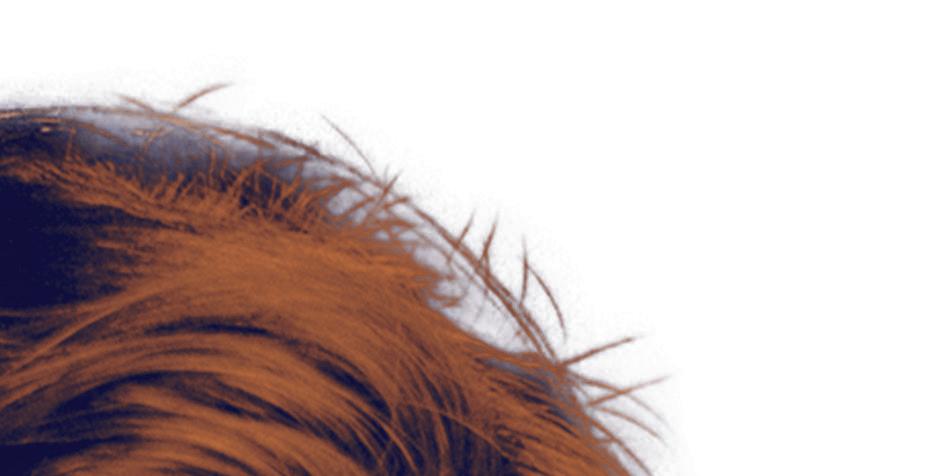
10 minute read
Embassy of Inclusive Society
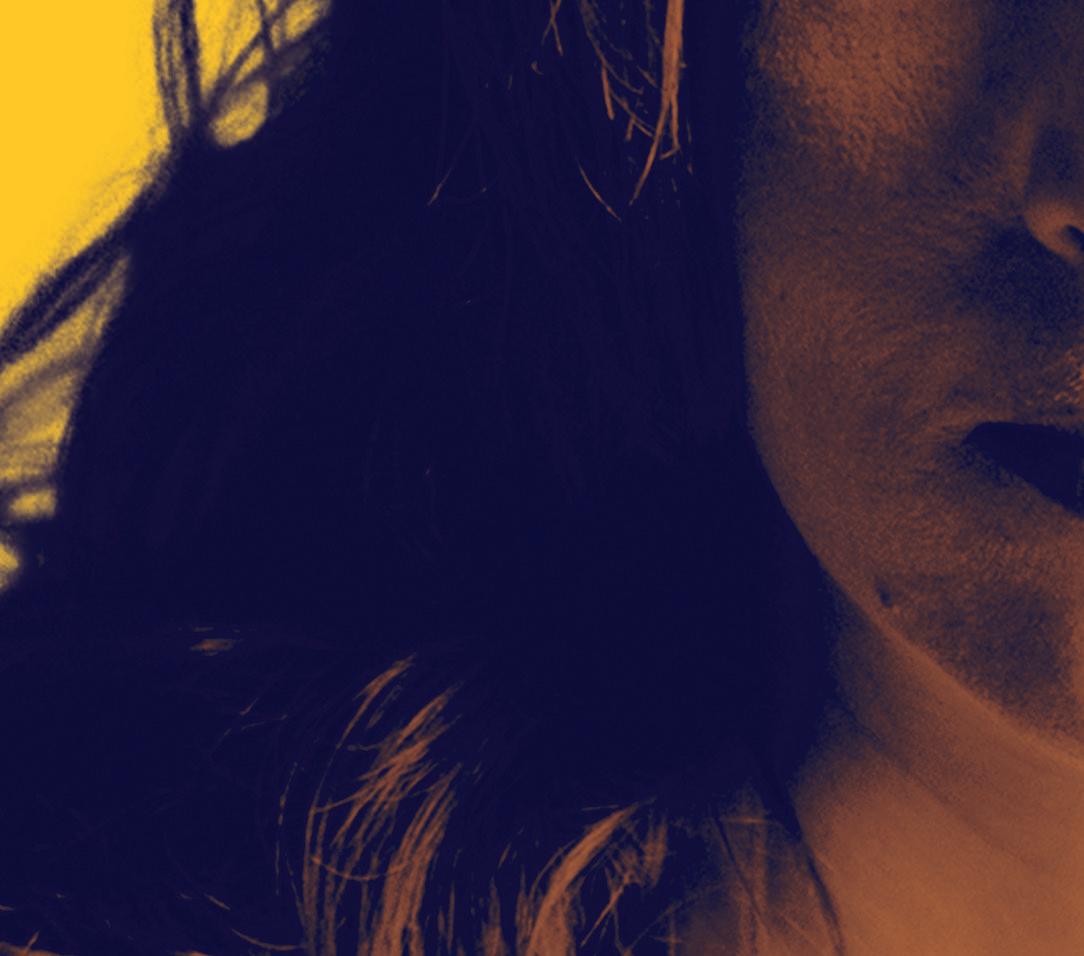
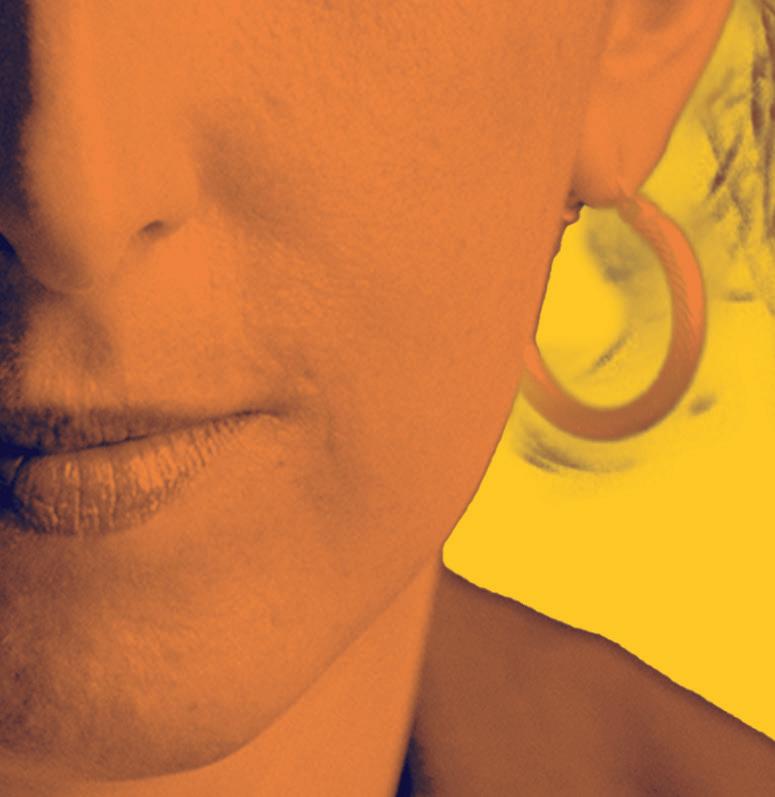
Advertisement


© Wouter le Duc

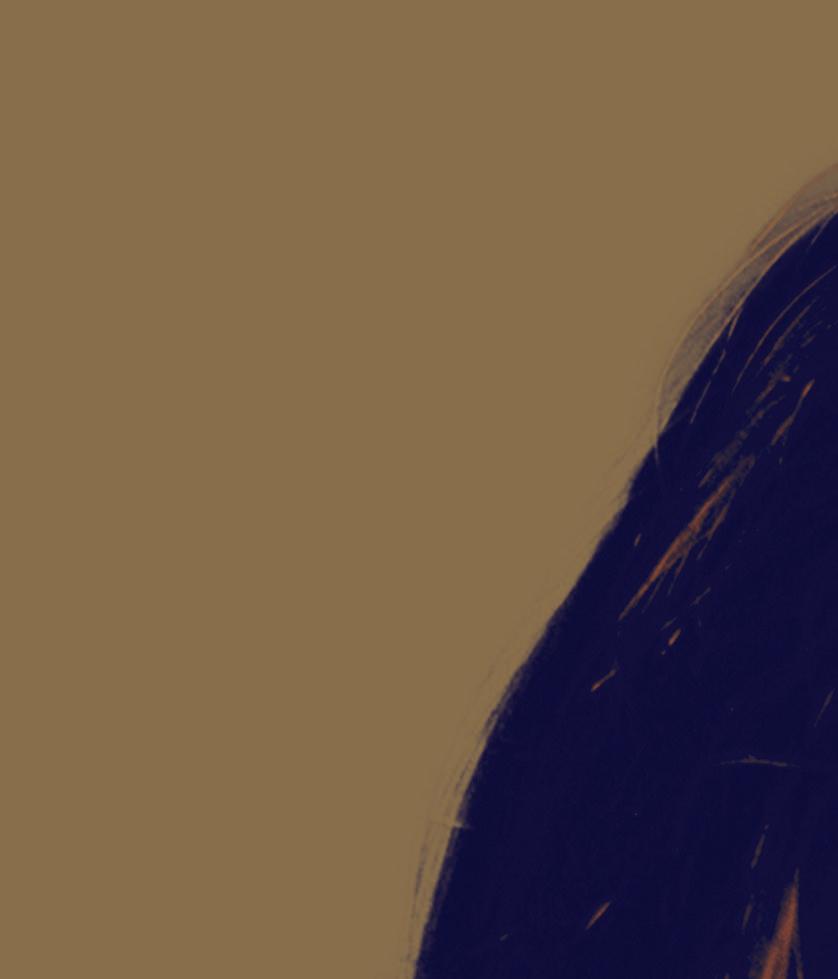

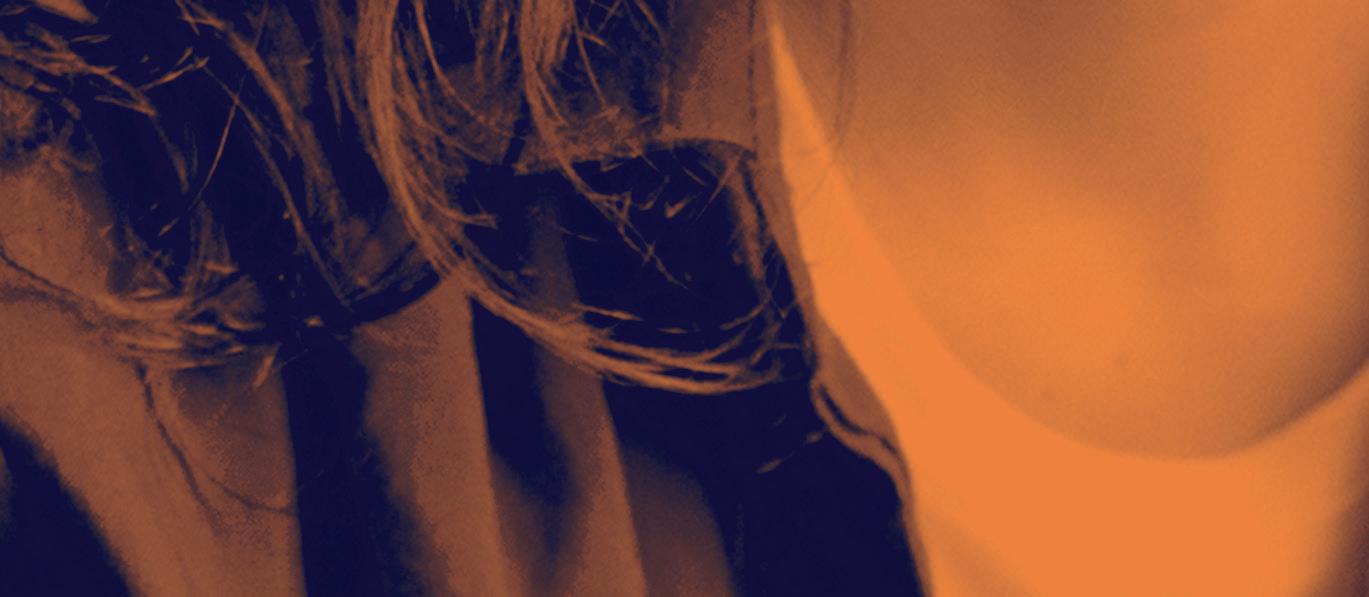
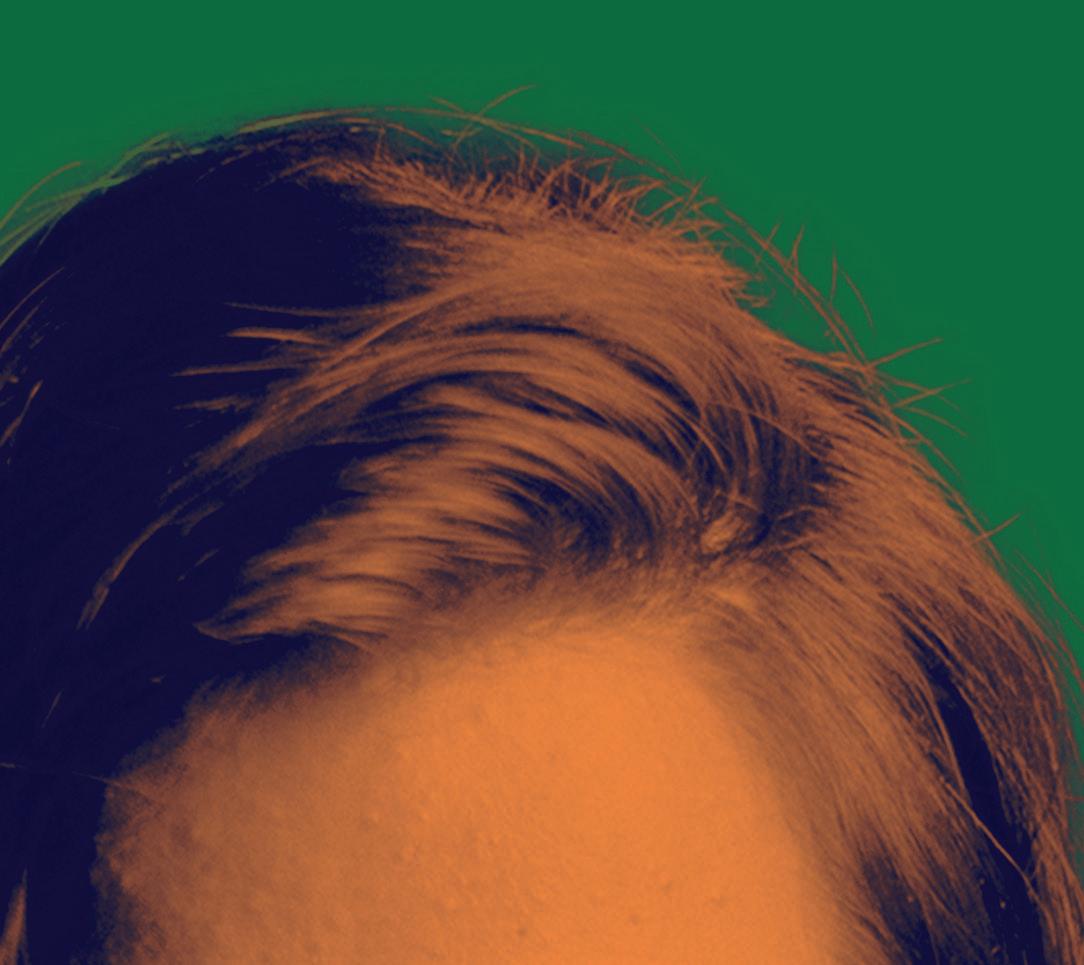
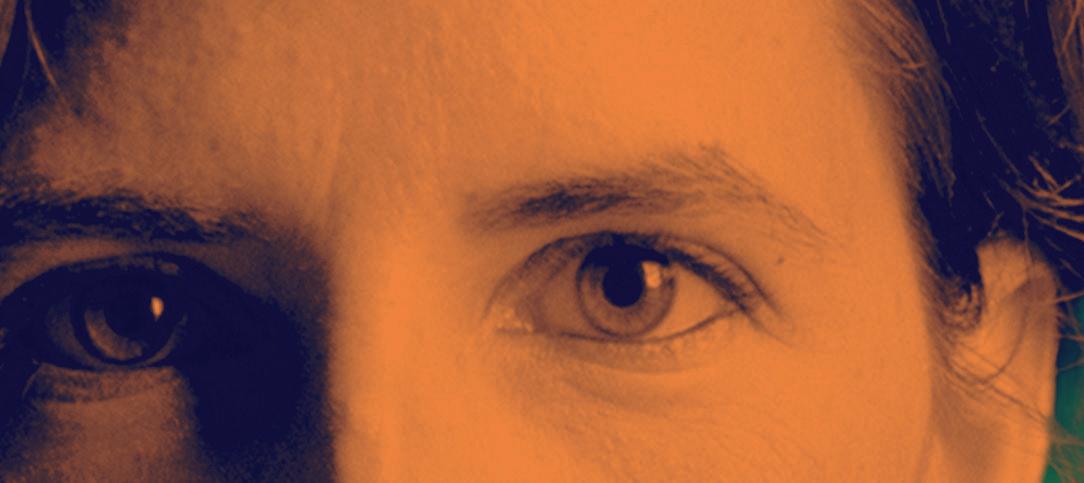
What Is in Our Backpack?
Promoting openness and vulnerability as designerly attitudes
Shay Raviv Design researcher, social designer & curator at Embassy of Inclusive Society
Every person carries their own little backpack fi lled with experiences, knowledge and development. Including designers. So how can they use all of these parts of their identities to approach design and curation from a human standpoint? Shay Raviv refl ects on this attitude of openness and vulnerability.
In January 2022, I received a call inviting me to take on the role of the curator of the Embassy of Inclusive Society, an open coalition that deploys design in development of new perspectives and alternative futures for an inclusive society. Naturally, when I got this call I felt very flattered, happy and excited. However, there was also this other voice inside of me, asking myself: ‘Who are you to fulfil this role?’
One could think: these are your insecurities speaking, your imposter syndrome. But let’s set that aside for a moment, because I think there is more to it. In the incredibly complex discussion of inclusivity, who am I to shape a narrative? To craft a statement? To make decisions for what will be shown and shared, with whom and how? Who am I as an individual to say what includes inclusivity? And, beyond myself – how can an institution position such an Embassy in the outside world?
With all of these questions in mind, I entered the first conversation with the team. I brought forward my doubts and was happy to meet people who understood my ambiguous position. From that moment onward, the notions of humbleness and vulnerability had become key attitudes in our ongoing collaborative process. I find reflecting on my position as a curator in this process highly important, as I think it can help in distilling ways of working, attitudes and practices for myself and others who wish to engage in the efforts of designing for an inclusive society. Therefore, I would like to propose an exercise, in which metaphors help to verbalise and visualise abstract notions of our practice. In this scenario, we are opening my backpack together, which I use to walk this curational journey. It contains different artefacts symbolising the intentions, questions, tools or skills I apply and the ambitions I aim to follow.
A final note to the reader. Since this essay is very personal, I write from the subjective case, using the singular form of the first person. But the essay also refers to collaborative teamwork and the labour of many people involved. Therefore, the subject ‘I’ is often replaced by ‘we’. The Backpack / between the humble and the confident maker Let’s start by taking the backpack and opening it, pouring its content out on the table. The stuff, the tools, the books, the mess and all the notes are everywhere. The process is out in the open, nearly transparent. The guard is down.
When working with inclusivity, it seems essential to step away from certain knowledge and cultural production attitudes that we are all very familiar with in the western modern world. By that, I mean the expert’s knowledge, the authorship of the curator or programme maker, and the familiar hierarchies of the initiator, the curator/designer/artist and the visitor. But when working with notions of inclusivity, expert knowledge must be challenged, as it is all of us who are the experts of our own experiences. Therefore, in the process of curating the Embassy, we try to bring forward different types of knowledge from a broad group of people by creating gatherings in a way that allows for many insights to shape the development of the Embassy. Sometimes people join a lunch dialogue from their own, personal position, sharing experiences from their everyday life. Sometimes, people contribute through their professional lens. Very often, the two positions merge.
While researching and designing towards a public programme or exhibition, we tend to start with the practices of organising, labelling and rationalising in order to make sense of the topic we are exploring, so we can present a certain logic to the audience. However, in the context of inclusivity, attempting to label or define may result in maintaining the same mechanisms we try to challenge, of labelling people as belonging to one group or another.
It seems to me that one actor cannot take the agency of defining what ‘inclusivity’ is and how it should be approached, as that
counters the practice of including. That is why we approach this process with an open, exploratory and vulnerable mindset to try and create opportunities for multiple perspectives to emerge, rather than defining and ‘shelfing’. We are transparent about our questions and insecurities. This often means I put myself and our team in a vulnerable position as curator and organisers, as we constantly invite people to share their input and feedback and to co-develop the Embassy. Oftentimes, vulnerability means admitting ‘I don’t know what I’m doing’ and calling on others for support and advice. It might also entail letting doubts emerge and slow down the process, rather than shutting them down in order to move forward.
At the same time, in order to work with many voices and carry the responsibility of the job, one needs to be confident in their approach. In this context, I see ‘confidence’ as being able to facilitate a process, to guide and host people, but also to identify moments to open up the process for input and co-creation and moments to retrieve, make decisions and progress quickly. Confidence is needed in order to bring more parties on board to be able to advocate for the work. It especially means insisting certain conditions will be met, particularly when it comes to fair practice and access to the programmes we develop. The Mirror / the self in the design proposition Next, we pick up a small pocket mirror. It is for gazing at myself and my own position throughout the entire process.
What does it mean to bring one’s personal stories, cultural luggage, pre-configurations and blind spots into the curation process? I am still wondering how this can be done more explicitly, and what that could mean for the position and output of the designer and curator.
An example: in collaboration with the Dona Daria and Fairspace foundations, the design duo Smelt has developed an audio tour project called STRAATVONK. The audio experience draws on interviews the designers conducted with young people who are often seen as the ‘other’. The audio experience draws on contextual interviews with young people in and around Rotterdam neighbourhoods. The designers spoke with youth about how they think people look at them when they hang out on the streets. These conversations became a narrative for walking through the city. What drew my attention was how the designers embedded their own experiences and blind spots into the content of the work, how they are perceived and how they perceive others. This made the work personal, subjective and analytical, and brought the positionality of the designer into the question they were addressing. They are certainly not neutral. But when it comes to inclusivity, the notion of neutrality is not only impossible – it can also be dangerous. The Non-Existent Business Card / the personal and professional intertwine The next item in my bag is my business card. This, too, is a symbolic artefact – or more accurately, the lack of it. When dealing with questions around inclusivity, I try to let go of the separation between the personal and the professional.
When I step into a room for a collaborative session, first and foremost, I try to be there as myself, whatever that means that day. Then, I sketch the context and the objectives that brought us together that day. ‘Appearing professional’, or at least the norm of what that means, might create distance and contribute to hierarchy between the different people involved.
Acknowledging the intertwinement of the personal and professional personas also means thinking, talking and dreaming about the work beyond its designated times. It is in the conversations with people outside work, with the neighbours, on the train or during a dance party that new perspectives emerge.
For me, inclusivity cannot be compartmentalised to ‘work’, as it touches deeply on the way I think of myself, others around me and our shared experiences in this world. Several Different Hats / why adopting and switching roles is essential Increasingly, wearing many hats has become an essential part of the practice. I think of it as the ability and desire to hold within oneself different roles, affiliations to organisations, job titles and levels of involvement at the same time. It means shifting daily between being the participant or the organiser, the initiator or the executor, the teacher or student, the researcher or the one who is being ‘researched’. This multiplicity, this constant navigation, allows for a broad perspective and humbleness. That is, of course, a privilege that eeeeeeeeeeeeeees I am well aware of, and choosing an independent practice – freelance – allows for it.
I wear many hats while working with the Embassy: the hat of the design researcher, exploring the question from different perspectives and identifying common threads; the hat of the initiator and organiser, hosting people at De Voorkamer (a place where cultures meet in Utrecht) and involving our community in the Embassy process; the hat of the teacher, inviting Design Academy Eindhoven students to use the Embassy as a learning platform; and sometimes the hat of the facilitating designer, trying to design a collaborative process and encouraging different collaborations to emerge. Not to mention the other hats I wear in daily life, with family, friends and strangers.
While this multiplicity can be confusing, I believe it allows one to function as a bridge with several directions, connecting between different people, projects and thinking processes, while constantly addressing the topic from various angles. How can we all explore and make explicit the different hats we wear and their meaning when designing for an inclusive society?
Vulnerability as a designerly attitude In a society in which we seem to drift away further and further from one another, where we are expected to be ‘for’ or ‘against’, there seems to be little space for doubt and not-knowing. With the Embassy, we seek to promote spaces and attributes that allow for being vulnerable, confused and open to change. We also hope this vulnerability
will become a natural part of the designer’s attitude. Designers are not wizards with magic wands; nor are they fixers – especially when addressing inclusivity. But they can equip us with other perspectives, tools and methods to imagine and practise a more inclusive society. This is why we involve designers as part of a network for transformation, in which they co-perform with creative attitudes of thinking and acting.
As a vulnerable designer and curator I work to address topics I find important. I make to-do lists and planning sheets, schedule meetings and try to keep an overview of the process. Of course, I want to do well. But I also know that when it comes to inclusivity, one can never succeed, or solve, or excel – as it is impossible to meet everyone’s needs and actualise everyone’s ideas.
What we can do, is fail in the best way possible. CURIOUS FOR MORE?
In the DCFA programme Intentional Intersectionality, we discuss the topics of confronting biases, privilege and power in designing for a more equitable world.
BOOK: A PLACE TO STAY
Shay Raviv presents the process and results of designers who worked in and around the former (penal) colony of Veenhuizen. The experiences and lessons are illustrated with numerous examples and form a blueprint for creative research.
BOOK: COLLABORATE OR DIE
Without cooperation, there is no change or progress. Of course, the question is: how? The answer, the authors plead, lies within co-creation.










